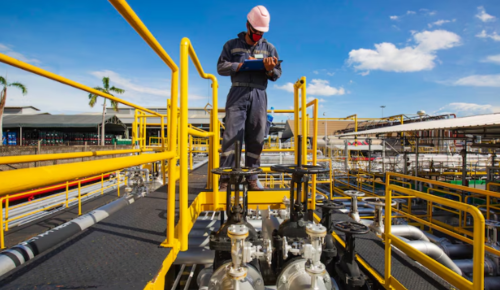Keeping industrial assets in shape is a never-ending responsibility. When it comes to aboveground storage tanks, ensuring long-term integrity isn’t just a safety measure—it’s a business essential. One proven approach is following the API 653 storage tank inspection standard. It outlines detailed methods for maintaining tanks built to API 650 and API 12C standards. But following the standard is only half the battle. The real value lies in applying best practices that go beyond the checklist.
Prioritizing Pre-Inspection Planning
Preparation is key to effective inspections. Before beginning, it’s vital to review past inspection reports, maintenance logs, and operational history. Teams should know what to expect before even stepping on-site.
Creating a clear scope for each inspection—complete with safety plans, access logistics, and communication protocols—can eliminate unnecessary delays. It also ensures the inspection focuses on relevant areas, especially those with known issues or signs of degradation.
Using Certified API 653 Inspectors
Only inspectors certified by the API are qualified to lead official API 653 inspections. These professionals bring more than technical skill—they bring an understanding of the standard’s intent. Choosing a certified inspector ensures consistent interpretation of tank conditions and compliance with best practices.
Inexperienced eyes can overlook critical issues, especially in areas prone to subtle corrosion or settlement. Certified inspectors are trained to spot early-stage damage that could become costly failures later on.
Conducting Comprehensive External and Internal Storage Tank Inspections
External inspections are often done while the tank is in service. These include checking for visible corrosion, deformation, leaks, and structural distortion. Ultrasonic thickness measurements are also taken at key spots to monitor metal loss.
Internal inspections require tanks to be taken out of service and cleaned. These are more thorough and reveal conditions that external checks can’t detect. Pitting, weld flaws, and bottom thinning are best assessed from inside. The API 653 storage tank inspection should follow the schedule laid out by API 653 but can be moved up if conditions warrant.
Incorporating Advanced Testing Technologies
While API 653 outlines core requirements, using advanced tools can elevate inspections. Techniques like magnetic flux leakage (MFL), acoustic emission testing, and drone-based imaging offer more accurate insights with less disruption.
These tools can help identify high-risk zones without full disassembly. For example, drones can inspect floating roofs and difficult-to-reach shell areas. Non-destructive testing methods reduce downtime while improving the precision of inspection data.
Implementing Proactive Repair and Maintenance Strategies
Once inspection findings are in, the real work begins. Repairs should never be delayed, especially when issues pose a risk to structural integrity or environmental safety. Weld repairs, bottom replacements, and foundation corrections should follow API 653 specifications to the letter.
It’s also important to document all repairs and updates clearly. This record will guide future inspections and influence corrosion rate calculations. Tanks that receive prompt and well-documented care tend to have a longer and more reliable service life.
Establishing a Long-Term Inspection Cycle
Best practices aren’t a one-time effort. They depend on consistency. Developing a long-term inspection and maintenance cycle tailored to each tank’s condition, contents, and history builds resilience into your operation.
Some tanks may need internal inspections every 10 years. Others, due to harsh contents or past corrosion issues, may require more frequent checks.
Conclusion
API 653 storage tank inspection is more than a compliance measure—it’s a framework for responsible asset stewardship. By embracing best practices like detailed planning, using certified professionals, incorporating modern technology, and committing to long-term care, operators can extend the life of their tanks while avoiding unexpected failures.









